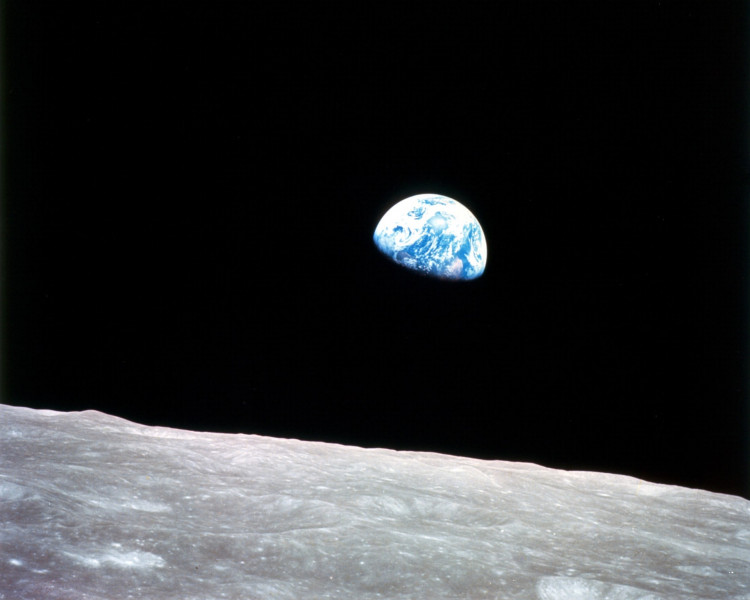The rollout of NASA's Artemis 1 mission is set for this Thursday (Mar. 17), agency officials have confirmed.
NASA's massive Crawler-Transporter 2 vehicle will transport the agency's Space Launch System (SLS) megarocket and Orion spacecraft to Pad 39B at NASA's Kennedy Space Center in Florida in just a few days. This rollout will transport the rocket and Orion to the launch pad, where they will prepare to embark on a moonbound mission in May of this year.
"We are in very good shape and ready to proceed with this roll," NASA Artemis launch director Charlie Blackwell-Thompson said during a news conference today. "It's gonna be amazing."
Rolling out SLS and Orion to the launch pad is a vital step in the uncrewed Artemis 1 mission's launch. Artemis 1 is, as the name implies, the first mission of NASA's Artemis program, which intends to put humans on the moon for the first time since the Apollo program.
The crawler will make its first move out of the Vehicle Assembly Building (VAB) at 5 p.m. EDT on Thursday. The crawler will transport SLS and Orion on the 4-mile journey from the VAB to the launch pad during the deployment phase. The travel is expected to take 11 hours, according to Blackwell-Thompson.
While inclement weather is forecast for this Wednesday (March 16), Blackwell-Thompson says the weather for rollout on Thursday looks promising.
SLS will launch the Orion spacecraft on a 26-day voyage 280,000 miles (450,000 kilometers) beyond Earth, thousands of miles past the moon, and back to our home planet in Artemis 1. The unmanned mission will test the SLS and Orion spacecraft to confirm that they are capable of safely transporting humans to and from space in the future.
Mission team members also said during the news conference that they are targeting Apr. 3 for the wet dress rehearsal.
With the success of Artemis 1, NASA will work on Artemis 2, which is scheduled to launch in 2024 and will transport astronauts around the moon and back. These missions will all lead up to Artemis 3, which will place astronauts on the moon for the first time since the last Apollo lunar landing in 1972, no later than 2025.
NASA will begin live coverage of the rollout at 5 p.m. for those who want to join in on the activity. On Thursday, EDT (2100 GMT), The live coverage, which will feature live commentary from visitors like as NASA Administrator Bill Nelson, will be available on NASA TV.





